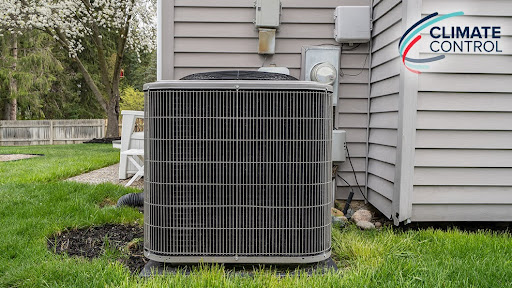Climate Control Company loves singing the praises of radiant floor heating. In fact, we’ve often referred to it as the Cadillac (or BMW if you prefer) of home and commercial heating. The question many people ask is, “Is it worth the extra expense, and in some cases the extra hassles?”
Pros and Cons
In our opinion the advantages outweigh any disadvantages. Here are just of few of the things we like about radiant heating for your Glenwood Springs, Aspen, or Vail, CO home and business:
- Energy efficiency
- Start with the fact radiant floor heating has no ductwork, which means there is no way for heated air to escape.
- The floor only has to be heated to about 85 degrees compared to a much hotter temperature for forced air furnaces or radiators (the other form of radiant heat).
- Once the floor is warmed it will retain the heat much longer than the heated air coming out of the ducts.
- Comfort
- Heated floors warm the entire room evenly. Forced air heat and hot water radiators are always going to have inherent hot and cold spots.
- Quiet
- Do you hear that noisy fan running? No, you don’t, not with radiant heating. Warm air rises from the heated floor, gently warming all objects in the room.
- Clean
- Have you ever watched the early morning sun streaming through the windows…then noticed all the dust blowing around the house? Much of the dust is in the air because that big old, forced air system is blowing air and dust throughout the home. Radiant heating = no fan = less dust.
- Design freedom
- You would really like to rearrange the furniture in the living room, but you can’t because you’ll be covering up the HVAC vents in the floor. No worries about that when you have a heated floor. The furniture can go anywhere without disrupting the heating process.
On the Other Hand
Right about now you are asking, “Well, if it’s so good, why doesn’t everyone have radiant heating?” Yes, there are a few drawbacks to be aware of:
- Cost
- Installation costs significantly more as the heating elements must be installed under the subfloor during the construction process. NOTE: While radiant floor heating is easier to install in new construction, there are systems that can also be installed in existing homes.
- Heating lag
- When a house has cooled off it will take radiant floor heating systems longer than forced air systems to warm it back to a normal level. This really isn’t a factor unless you turned the heat way down while you’re away from home or perhaps because you’ve suffered through an extended power outage.
So, is it Worth it?
Climate Control cannot answer that question for you. One thing needs to be made perfectly clear: Radiant heating is great, but millions of homes are kept warm and comfortable by forced air systems. However, you might be surprised to find out you can afford the luxury of having a heated floor in your Glenwood Springs, Aspen, or Vail, CO home when you get out of bed in the morning. Call us now to schedule your no-obligation estimate. Be sure to like and follow us on Facebook and Twitter for more great HVAC information.







